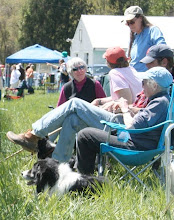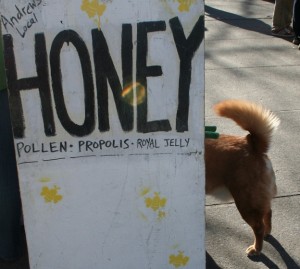

 Gay City State Park (yes, it's an odd name, after the settler's family name Gay, not for a lifestyle) offers stone ruins of a mill factory village among more than 1,500 acres. Swimming in summer, cross-country skiing when there's snow, but the trails for walking are available year-round.
Gay City State Park (yes, it's an odd name, after the settler's family name Gay, not for a lifestyle) offers stone ruins of a mill factory village among more than 1,500 acres. Swimming in summer, cross-country skiing when there's snow, but the trails for walking are available year-round.From the Connecticut DEP state park site:
"Gay City was first settled in 1796 by a religious sect led by Elijah Andrus and later by Rev. Henry P. Sumner. The Gays soon comprised the majority of the 25 or more families who then lived in the community. The residents kept strictly to themselves, existing as distinctly separate from the neighboring communities. They built a sawmill along the Black Ledge River and erected homes from the lumber.
"Gay City's fate changed with the successes and failures of several commercial enterprises. A woolen mill on the site 1/4 mile below the present pond was a successful business until extreme pressures caused by the various blockades during the War of 1812 brought its closing. Once revived, the mill burned to the ground in 1830, beginning the town's decline with the exodus of many people to urban factory jobs.
"Rev. Sumner's son built a paper mill which again revived the town somewhat until the Civil War, when many of the town's younger men were killed in battle. Soon after, the mill burned down, triggering the final demise of Gay City and nature's reclaiming of the land."
A detailed map (available online or at the park entrance) should be carried along - the interconnected paths can be confusing.







